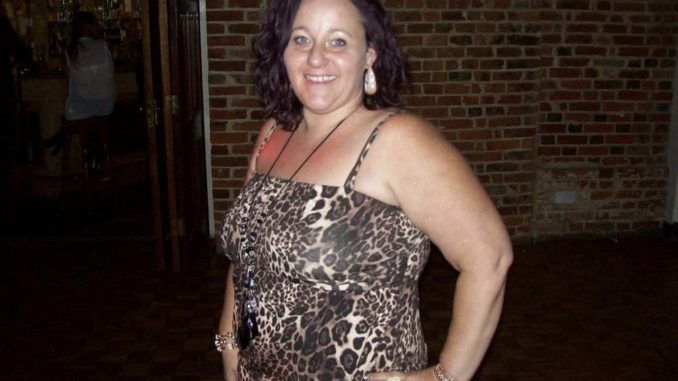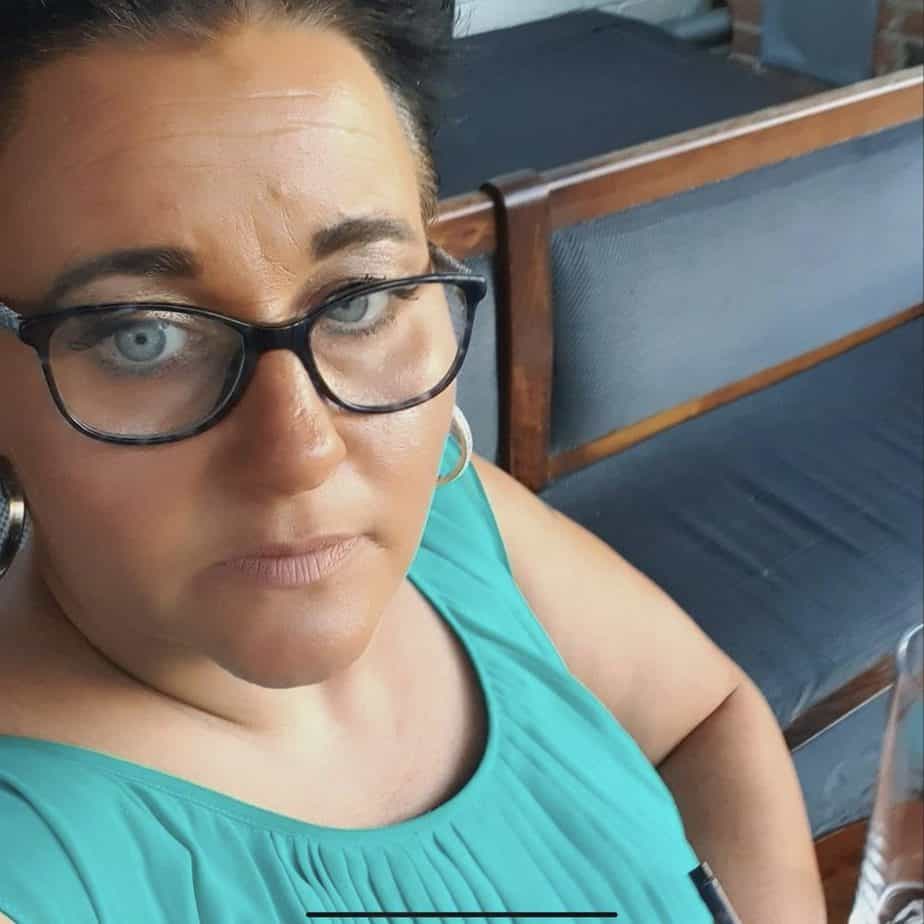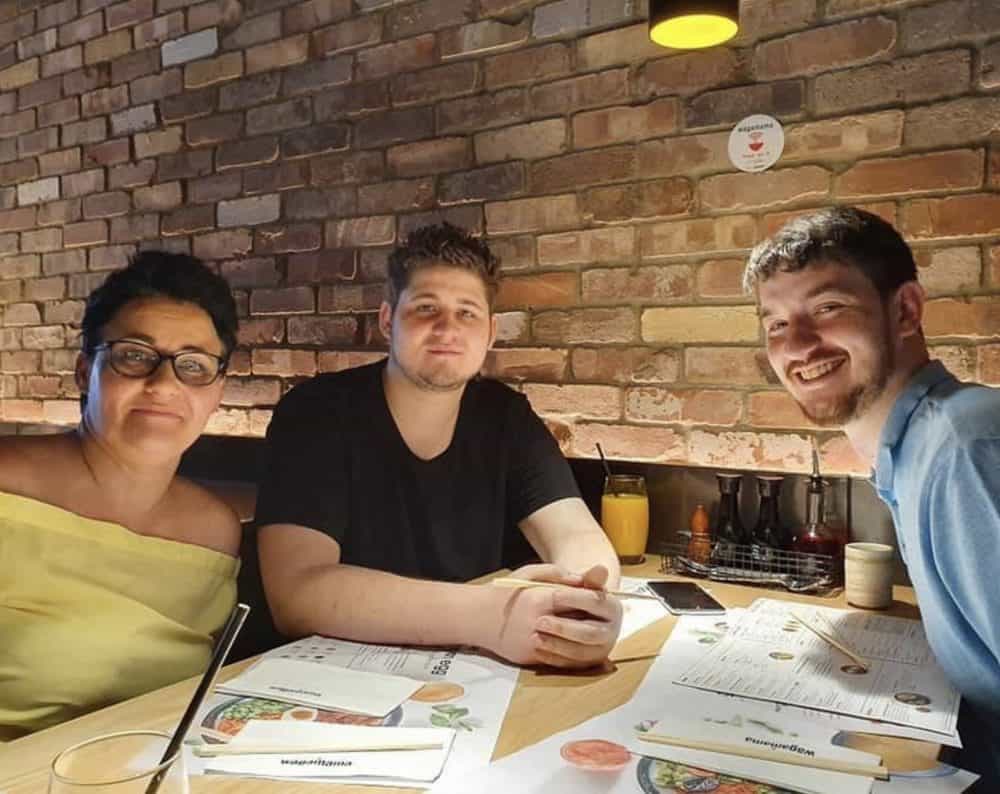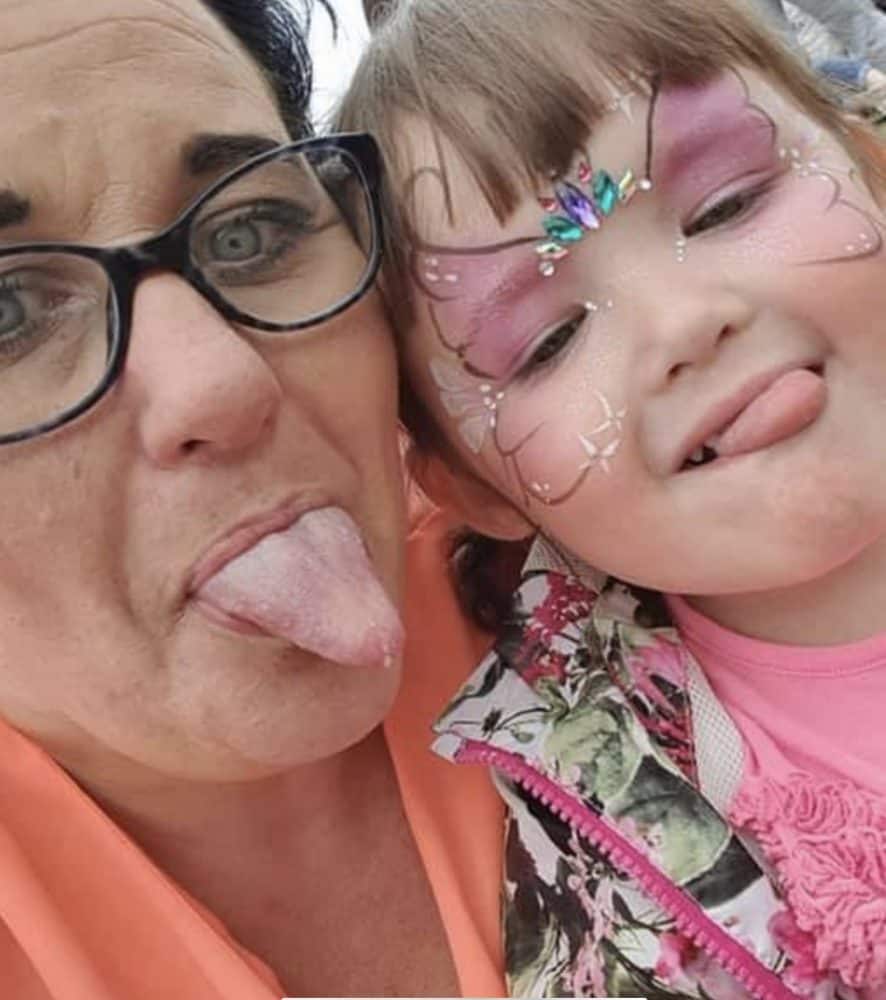
A report found a number of failings by the NHS mental health trust she was a patient at before she died.
A mum-of-three from Essex ‘made her own funeral arrangements’ before taking her own life.
In the days leading up to Wendy Fuller’s death in 2019, the 44-year-old had written a note detailing her exact plans to take her life in a hotel room on July 19 that year – including how she had allegedly paid for her own funeral.
Two days prior, on July 17, Wendy was taken to A&E at Broomfield Hospital by her son who had noticed a significant decline in her mental health, before she was transferred to a mental health unit.
She was granted a short period of leave from the unit in Colchester, despite earlier declaring her suicide intentions to health professionals.
A missing person’s investigation was subsequently launched by Essex Police on July 18 after staff couldn’t locate her.
A day later, Wendy was found unresponsive at Highwoods Country Park in Colchester. She was pronounced dead at the scene.
The inquest into Wendy’s death was held at Essex Coroner’s Court in Seax House, Chelmsford, on Monday (January 24) and Tuesday (January 25).
There, it was heard how an investigation was launched into the mental health unit’s standards of care.
The investigation identified a number of failings from the Essex University Partnership Trust (EPUT) and in particular a Dr Eltayeb Mohammed – the doctor who granted her leave and may not have read documents outlining her high suicide risk.
Planning to take her own life the next day
The mum-of-three had battled personality disorders, post-natal depression and had a long history of mental health illness and suicide attempts, the court heard.
She had been known to the mental health services since she was 19 years old and had regular contact with them since then.

Essex Coroner’s Court heard that Wendy voluntarily accepted admission but reportedly stated that “it would only be for 24 hours as she was going to kill herself on July 19.
At 11.20am on July 18, Wendy was ‘informally admitted’ to the Peter Bruff ward at The Kingswood Centre in Colchester.
Upon her arrival at the ward, Wendy was assessed by Dr Mohammed and Tsungirirai Chigumba, a student nurse.
Dr Mohammed assessed Wendy as a ‘medium risk patient’ only on the basis of the interview assessment.
However, it was revealed in court that Dr Mohammed ‘may not have’ read the documents which stated her suicide intentions for the following day.
Following the assessment, Dr Mohammed granted Wendy a short period of leave on July 18 – the same day she was admitted to the ward.
Wendy was granted to leave the ward for 30 minutes at 12.20pm in order to smoke a cigarette.
Just a few hours later, Wendy requested a second period of leave at 5.40pm. She was granted one hour of leave, but she failed to return at 6.40pm when she was meant to.
The court heard that nurses on the ward attempted to contact Wendy, but did not receive any response.
Ward nurses subsequently called the police to launch a missing persons report at 9.30pm – a whole three hours after she went missing.
Essex Police subsequently found her body at around 12.20pm the following day.
“I didn’t think it was safe enough for Wendy to leave the ward”
Evidence given by Helen McWilliams, a senior health assistant, Bethany Hughes, a staff nurse, and Lisa Smith, a mental health nurse, claimed how all three saw Dr Mohammed reading a printed document that he asked for prior to assessing Wendy to conduct a ‘risk assessment’.
It was explained in court that this document should have outlined details of Wendy’s ‘informal admission’ to the ward, including her plans of taking her own life the very next day.
But Dr Mohammed disputed this, initially stating that he was not given any documents by the nurses as they allegedly told him “they were busy”.
But Dr Mohammed then stated he “vaguely” remembers reading something given to him by Ms Smith, but did not recall what exactly he read.

The court also heard that Dr Mohammed had been working on the ward for less than a week and did not have any access to computer systems that had patient notes on.
Dr Mohammed added that he allowed the period of leave as Wendy was “engaging well” with him during the assessment and based his risk assessment purely on this interview alone.
He stated that it was “not uncommon practice” to do this and that they do it “all the time”.
When questioned if being aware of Wendy’s plans to end her life on July 19 may have changed his decision, Dr Mohammed said “it might have”.
Area coroner for Essex, Michelle Brown, who oversaw the inquest, stated that Dr Mohammed’s evidence was “at odds with the [other] evidence we’ve heard”.
Also giving evidence was Ms Chigumba, who at the time of the incident was a student nurse but is now fully qualified.
Ms Chigumba stated that she was present in Wendy’s interview assessment alongside Dr Mohammed.
She told the court that within the interview, Wendy outlined her suicide plans for the following day.
She added that it was for this very reason that she “didn’t think it was safe enough for Wendy to leave the ward”, though she “didn’t feel like she could challenge Dr Mohammed’s decision to allow Wendy to leave because he was more experienced.”
Criminal investigation
The case was referred to Essex Police after initial concerns were raised over the care Wendy received while an inpatient at the Kingswood Centre.
A criminal investigation looking into potential corporate manslaughter or gross negligence manslaughter was launched.
It was initially reported that the CCTV was ‘broken’ at the time. However, the report found that the CCTV was in fact working correctly and had instead been ‘overwritten’ as it was ‘not requested by police’, according to EPUT.
A report, written by DCI Scott Edgerton, found that there were concerns around the availability of CCTV at the unit when Wendy went on leave.

The report concluded that there was no evidence that the CCTV being overwritten was intentional and that the “CCTV itself wouldn’t have assisted in the review”.
Concerns were also raised over discrepancies in Wendy’s signatures when signing out which appeared different and did not match.
However, the court heard that this was reportedly due to patients leaning on uneven surfaces and that it was “not unusual to be written at an odd angle”.
Another report was also conducted by Elizabeth Wells, the director of mental health and urgent care inpatient services of the NHS.
The report stated that “aspects of Wendy’s care fell below standards they expect” and that “it did not seem Wendy’s suicide risk was adequately explored on admission on July 18, 2019”.
It added that the trust accepted that they “should have identified risks and should have informed risk planning”.
It also stated that the trust “should have called police earlier” when Wendy went missing.
Questions were also raised as to how the missing person report was prioritised by Essex Police.
Wendy was deemed as a ‘medium risk’ missing person by Essex Police on the basis of the information that they were given by the nurses.
Inspector David White, who led the missing person investigation, stated that the hospital was “lacking in specifics” and that staff “did not inform Essex Police until three hours after [she went missing]”.
It was only when police enquiries developed and officers spoke to Wendy’s family to obtain background information that the risk level increased to ‘high’.
However, Insp. White stated that even if Wendy was graded as high risk initially, “it wouldn’t make any difference how police dealt with it”.
While the report found that there have been “failings by individuals and the Trust, all of whom had a duty of care to keep Wendy safe, none of these failings come close to the level of grossness required for criminal investigation”.
DCI Edgerton stated that he was “satisfied” that no criminal offences were committed and that there was “insufficient evidence for Essex Police to conduct an investigation into corporate manslaughter or gross negligence manslaughter”.
Dr Mohammed ‘fell short of professional standards’
Dr Kallur Suresh, EPUT’s lead investigator for the incident, said that he believed that Wendy’s ‘immediate risk would have been high’, which would have probably led to more ‘careful consideration of [patients being allowed] leave’.
The investigators made recommendations to EPUT which stated that patients’ leave within the first 24 hours should only be accepted “only by exception instead of routine practice”.
Coroner Brown, concluding the inquest, said: “Wendy Fuller died as a result of suicide by hanging and that there were missed opportunities to assess her level of risk.
“I accept that Dr Mohammed did not have access to the [computer] system but was able to access records prior and during the assessment and should have read these – including plans to end her life on July 19, 2019.
“On the evidence, he fell very short of doing so [standards expected].
As a result, Coroner Brown told Dr Mohammed to refer himself to the medical regulator, the General Medical Council (GMC) where he has been “criticised by general inquiry” during the inquest.
Coroner Brown stated this is because Dr Mohammed ‘received criticism that relates to a serious matter that could call his fitness [to practice] into question.’
She added that she would also be referring this matter to the GMC.
Dr Mohammed is currently still practising as a locum doctor.
Credit Essex Live
